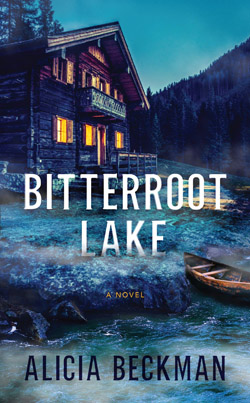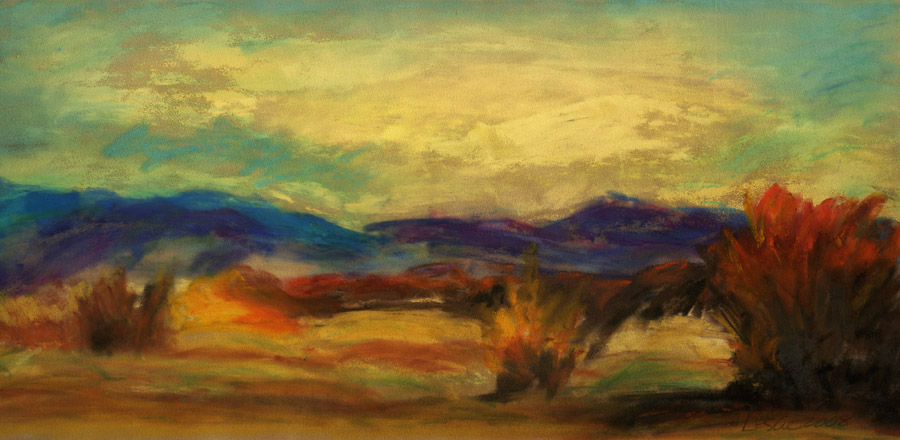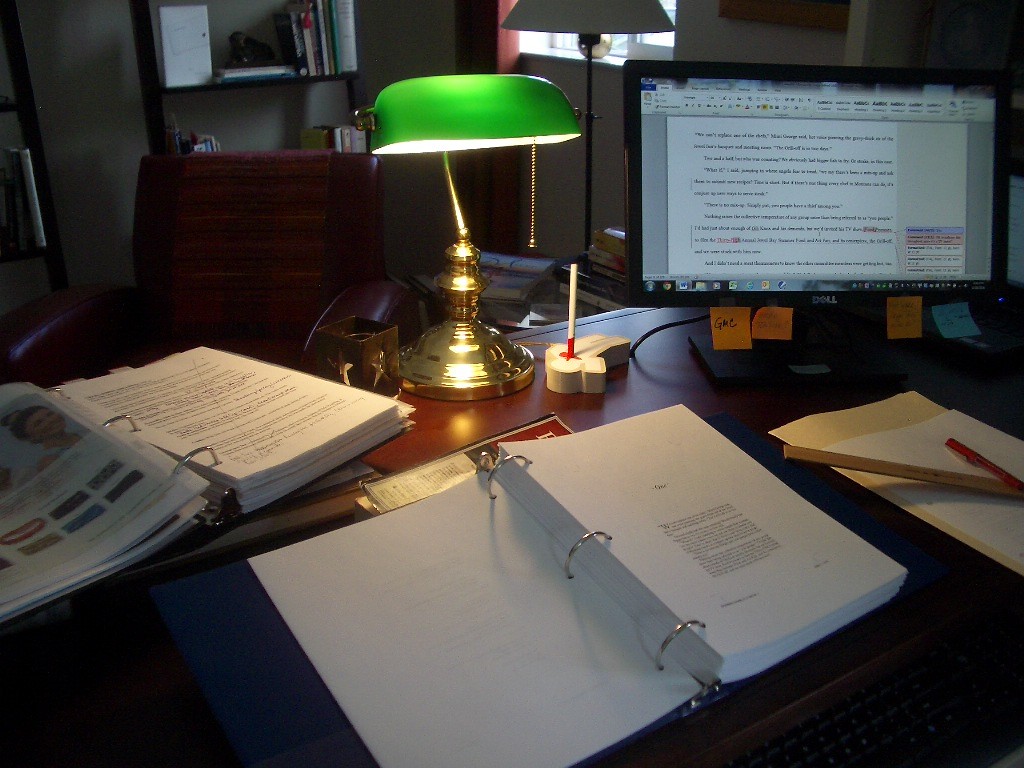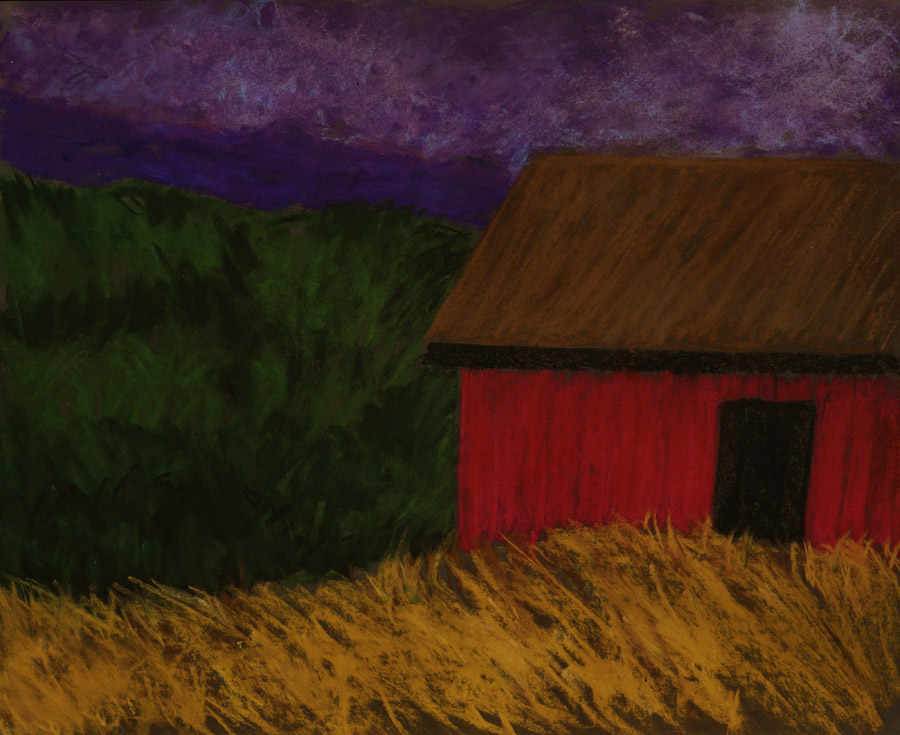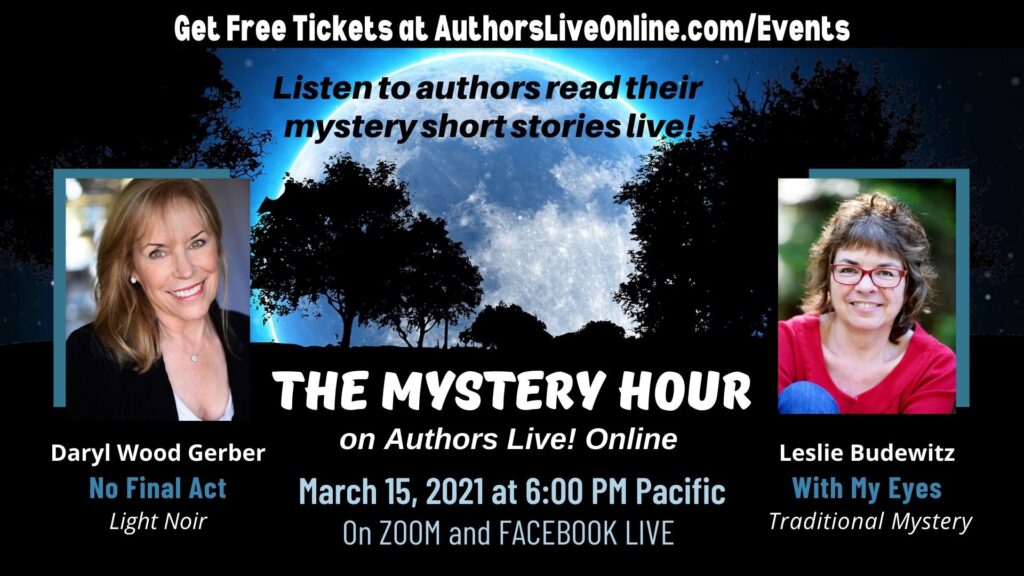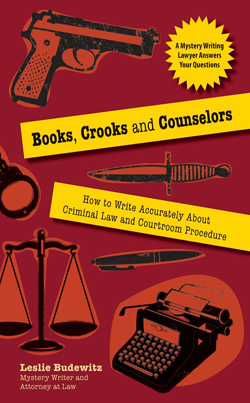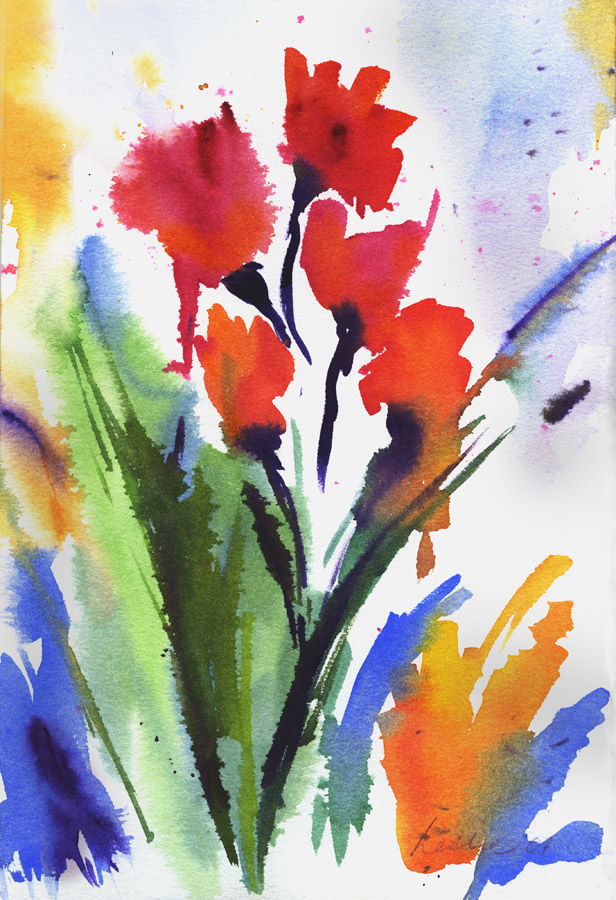Ah, for the good old days of actually holding book launches in bookstores and libraries and art galleries! I miss them, but mostly I miss YOU. I miss BOOK PEOPLE. With most events moved online right now, it can be easy to lose track BUT it can also be a lot easier to pop in and hear a favorite author speak about her new book, her old books, books she’s read, books she wishes she’d written or read. So as the April 13 launch of BITTERROOT LAKE (written as Alicia Beckman) approaches, watch for an occasional weekend email letting you know about events coming up the next week and how you can join me. Not every week, and only until early May; of course, you can find the full list of events on my website.
Sunday, March 28 at 2 E/noon Mtn: BookTuber (yes, it’s a word!) Tiffany Krieg will be interviewing me on her YouTube channel about cozy mysteries and more. The video will be archived so you can catch it later. Join via this link.
Tuesday, March 30 at 8 pm Mtn/7 pm Pacific: Join me and fellow NW cozy authors Emmeline Duncan, Ellie Alexander, and Angela Sanders for a book talk at Annie Bloom’s Books in Portland, OR. Register for the Livestream via this link. The first in Emmeline’s new series, FRESH BREWED MURDER, starring a terrific young woman who runs a coffee cart in Portland, launches that day; I’ve read it and it’s a lot of fun. Plus, we’re all a hoot, if I do say so myself, so you’ll have a great laugh and, I hope, discover some great new books and authors.
I hope to see you somewhere along the way.

